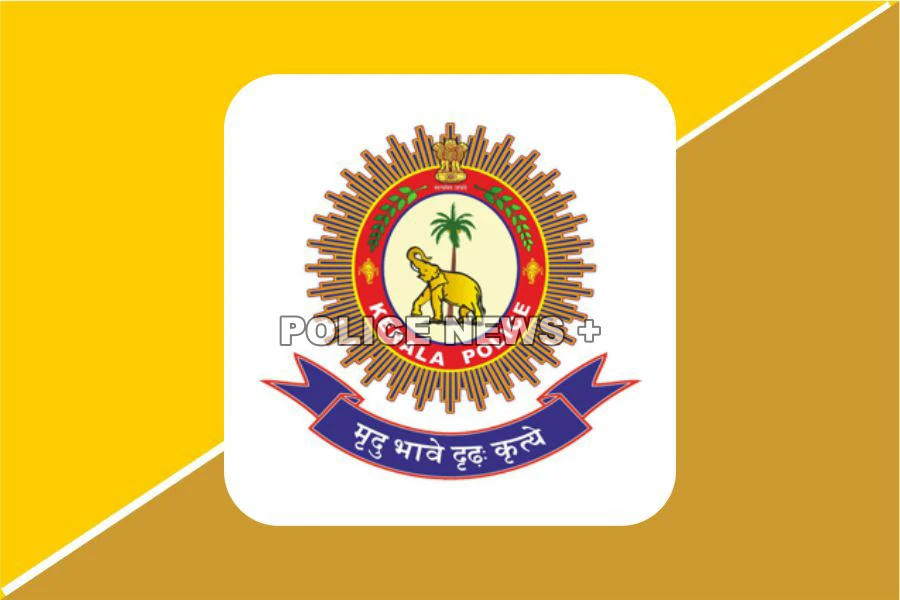The hazard signal, also known as the emergency flashers or hazard lights, should be exclusively employed during critical situations or emergencies on the road. It is crucial to understand that the purpose of the hazard signal is to alert other drivers and road users of a potential hazard or a stationary vehicle that requires immediate attention.
The hazard signal should not be used for routine or non-emergency situations. Its primary function is to convey an urgent message and indicate a temporary obstruction, an accident, a breakdown, or any other hazardous condition that requires immediate caution from surrounding vehicles. Activating the hazard signal helps to increase visibility and notify others to proceed with caution or to avoid the area if necessary.
It is essential to note that the hazard signal should not be used as a substitute for proper signaling when turning, changing lanes, or overtaking other vehicles. Each of these maneuvers requires the appropriate use of indicators or hand signals to communicate one’s intentions clearly and effectively to other drivers.
When encountering a situation where signaling with hand gestures might be challenging, such as when pulling over to the side of the road, it is advisable to use the left indicator. This signals to the vehicle behind that you are intending to move aside, facilitating a safer overtaking maneuver.
On the contrary, engaging all four indicators simultaneously does not grant the right-of-way or imply that you can proceed straight ahead without considering other traffic. It is crucial to adhere to traffic rules, regulations, and right-of-way principles, irrespective of the indicators used.
Additionally, it is important to avoid leaving the indicators with the high-beam or bright lights on, as this may create confusion or make it difficult for oncoming vehicles to interpret your intentions. Properly functioning and clearly visible indicators enhance road safety and ensure that your signals are correctly understood by others.
In summary, the hazard signal should only be utilized in emergency situations to communicate an immediate threat or hazard. For routine signaling, such as turning, changing lanes, or overtaking, it is essential to use the appropriate indicators or hand signals according to the prescribed rules of the road.






